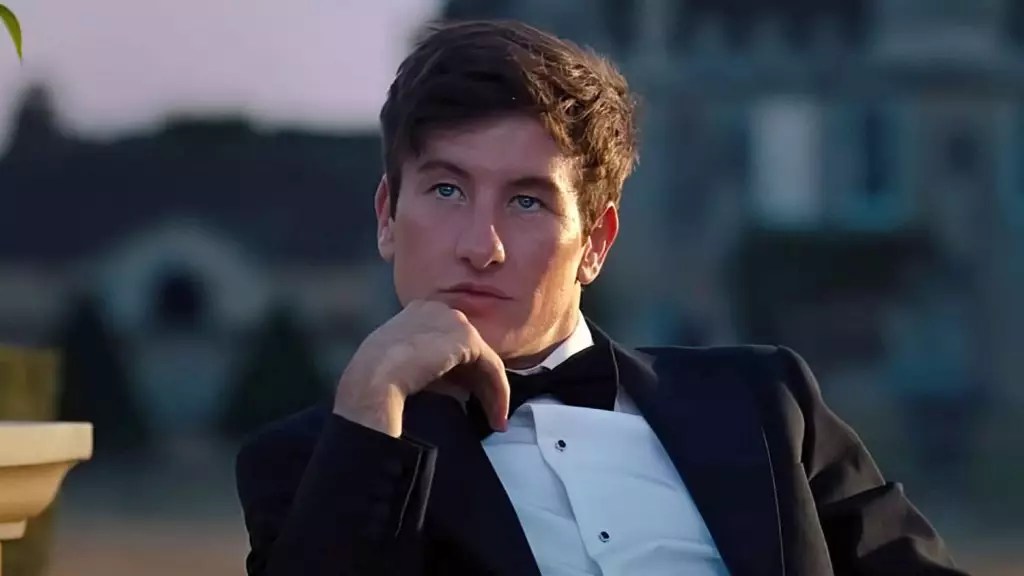Saltburn, directed by Emerald Fennell, has gained attention recently due to its triumphant ending that sees Barry Keoghan’s character, Oliver, stripping away his clothes. This unexpected and daring conclusion has left many viewers curious about how it came to be. In a recent interview, Fennell revealed that the original ending didn’t involve Oliver’s naked dance through the manor. Instead, there was a scene where Oliver was served runny eggs by the butler, which would have been a callback to an earlier moment in the film. However, the director felt that the ending needed to be triumphant and exhilarating, leading to the final version we see in the film.
Fennell explains that the purpose of Oliver’s finale is to create a “dance with the devil” effect on the audience. She wanted viewers to feel both repulsed by Oliver’s actions and yet strangely compelled to support him. If the film achieved its goal, viewers would be on Oliver’s side regardless of what he did. To accomplish this, Fennell believed that the ending needed to have a sense of triumph, a post-coital win, and a desecration. This led to the bold decision to have Oliver dancing through Saltburn with no clothes on.
When presented with the idea for the ending, Barry Keoghan didn’t hesitate to take on the challenge. He immediately felt that it was the right choice for his character. The naked dance symbolized ownership and confidence for Oliver. It showcased his complete control over the manor, emphasizing his ability to do whatever he pleased. Keoghan thoroughly enjoyed filming the scene, describing it as fun and liberating.
Overcoming Hesitations
Despite his initial excitement, Keoghan admits that he had some hesitations about stripping down for the role. However, after the first take, he realized that the comfortable environment on set allowed him to fully focus on telling the story. The supportive atmosphere created by the cast and crew gave Keoghan the confidence to keep going. He was eager to reshoot the scene multiple times, striving to capture the desired spirit of Oliver’s character.
Fennell reveals that the dance scene was shot 11 times before achieving the desired effect. By the seventh take, it was technically perfect, but it lacked the “absolutely devilish joy” she envisioned for Oliver. However, Keoghan’s commitment and dedication to his character led him to do four more takes until they achieved the final version that appears in the film. Fennell describes this last take as having an irresistible and diabolical sense of joy that pulls the audience in.
The bold choice of Saltburn’s ending has undoubtedly left an impression on viewers. It is a testament to the creativity and innovation of Fennell’s direction and Keoghan’s performance. By stripping away Oliver’s clothes and having him dance through the manor, the film evokes a sense of ownership, confidence, and triumph. It is a memorable conclusion that fully embraces the themes of the story, leaving audiences both astounded and captivated.
The evolution of Saltburn’s ending showcases the importance of taking risks and pushing boundaries in filmmaking. Fennell’s decision to change the original ending and Keoghan’s willingness to fully commit to the challenging scene resulted in a truly unique and unforgettable conclusion. Saltburn’s triumphant ending will likely continue to spark discussions and leave a lasting impact on those who watch it.


Leave a Reply